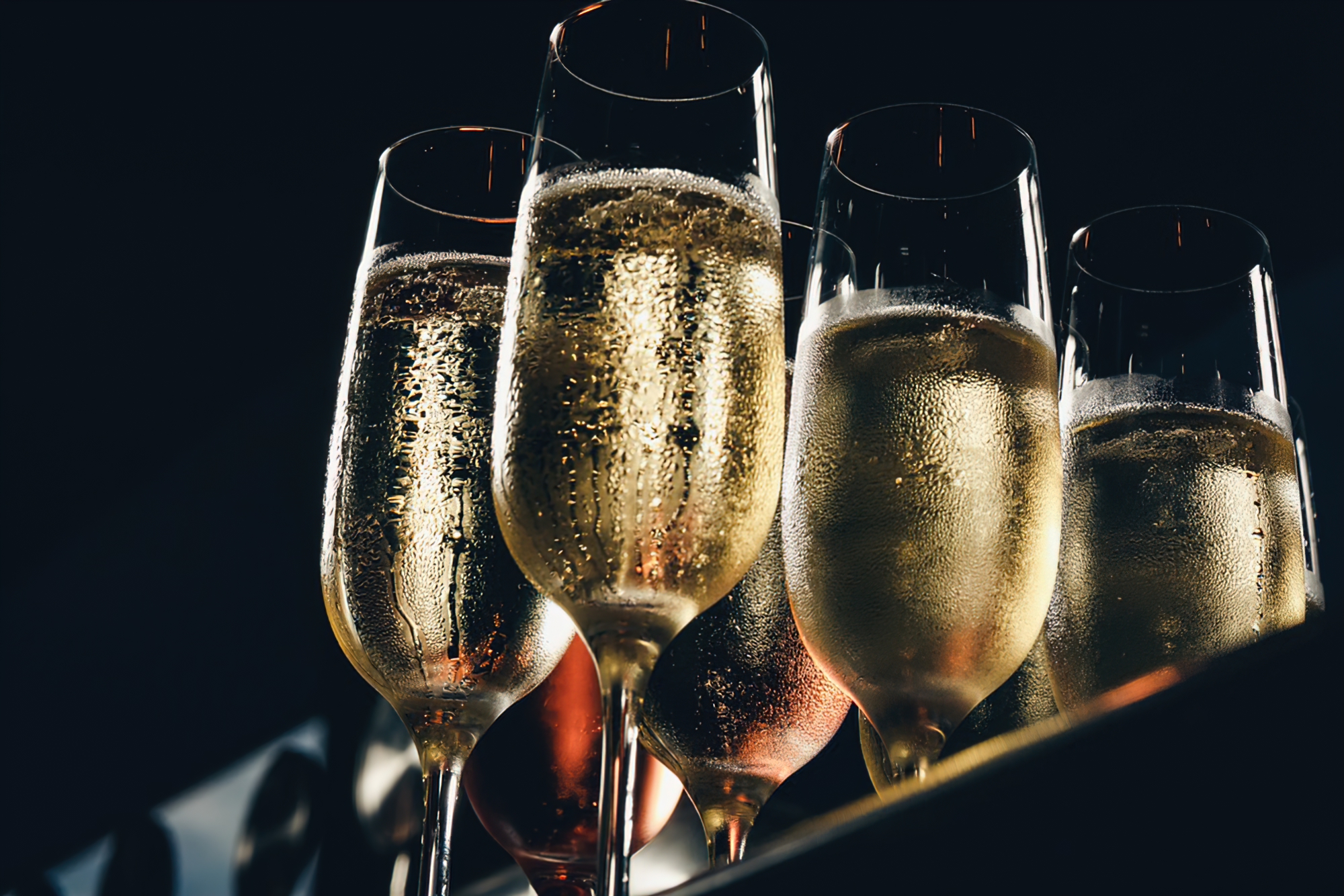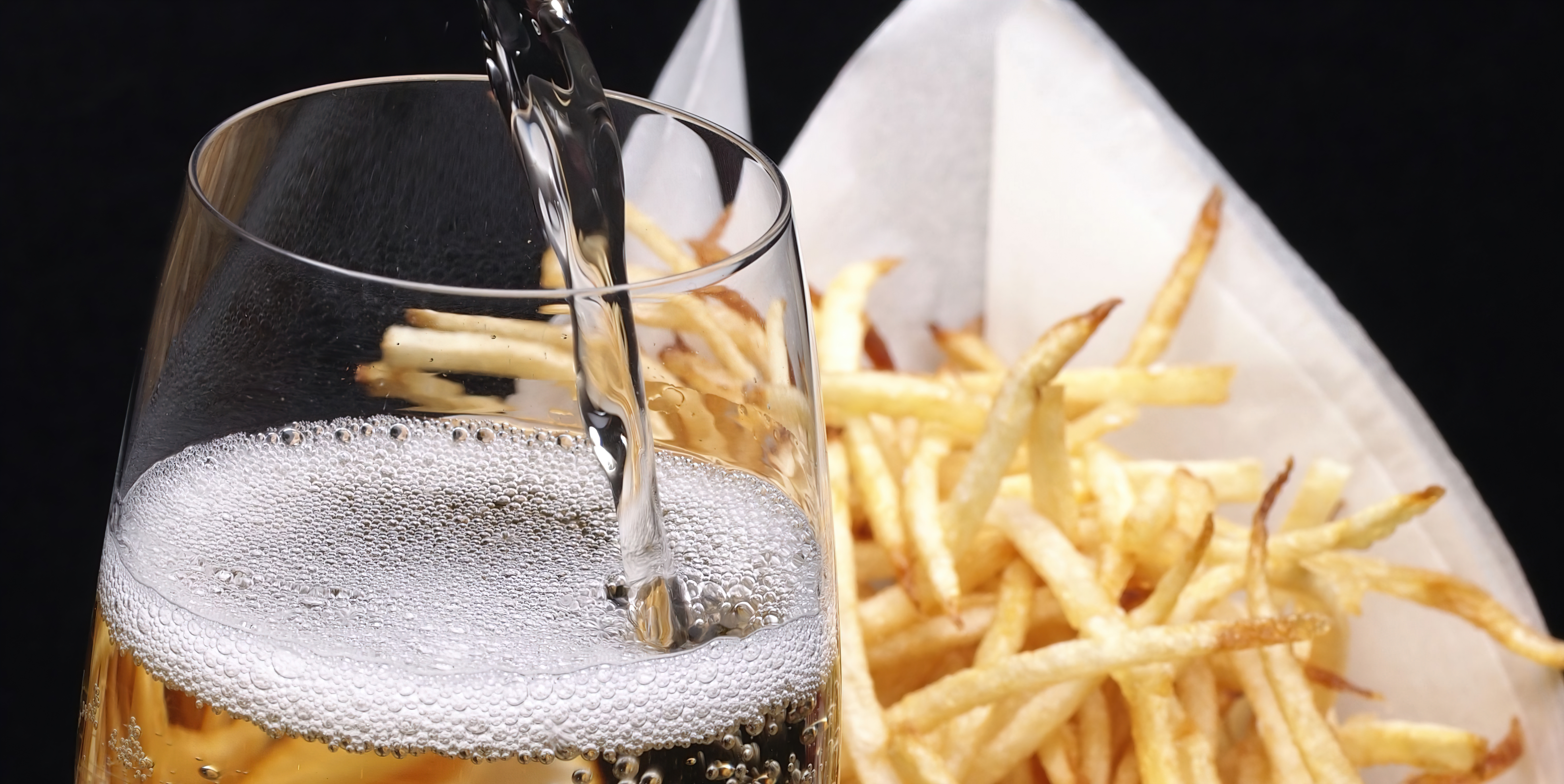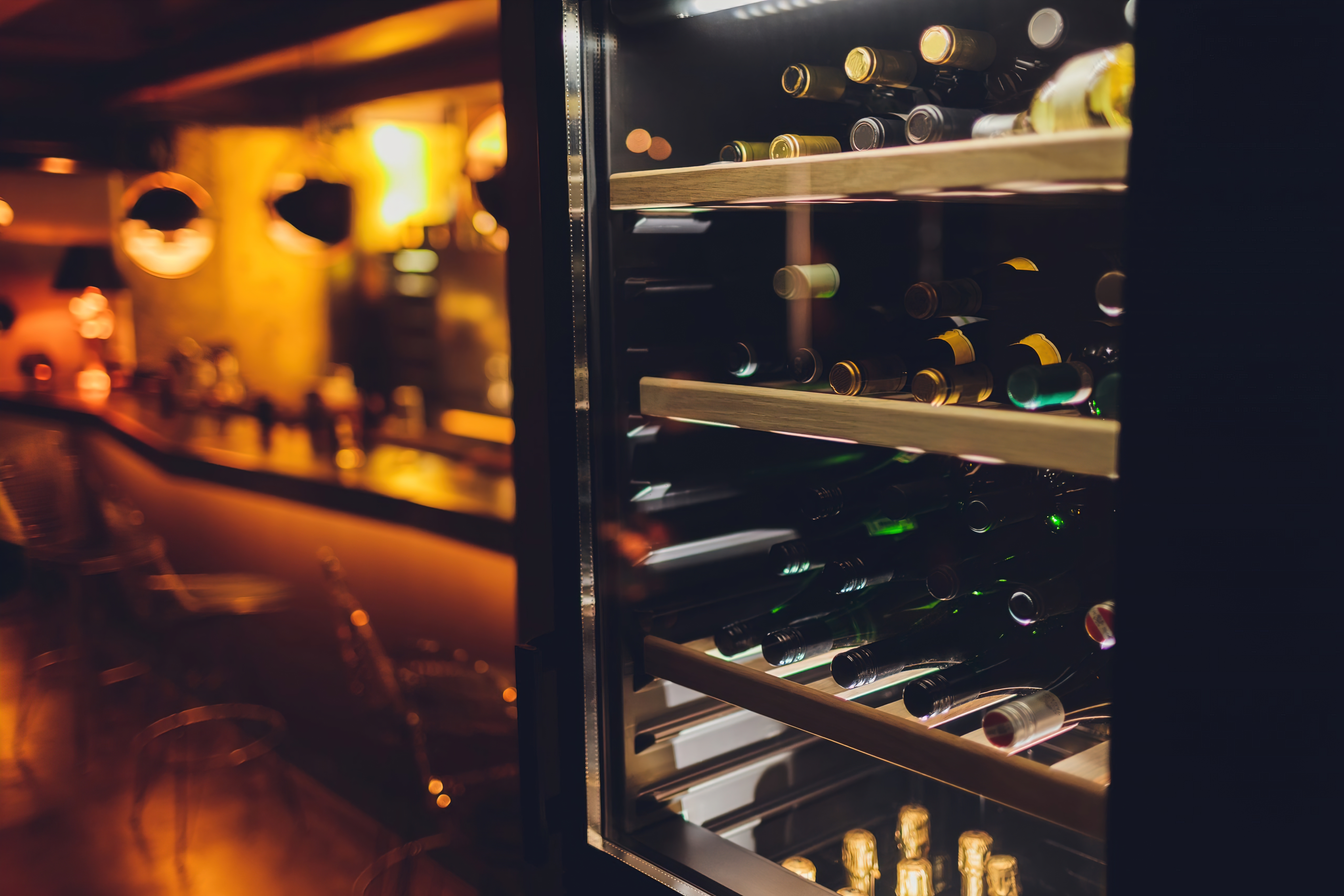Champagne, often regarded as the pinnacle of elegance and sophistication, is a cherished delight worldwide. Whether you’re commemorating a special event or indulging on a Friday night, understanding how to choose and serve champagne can make the experience even more enjoyable.
Decoding Champagne Labels
A champagne bottle tells a story through its label. It reveals the champagne’s type, origin, and producer, all crucial factors to consider when choosing a bottle.
- Producer: This is the name of the champagne house or the individual who produced the champagne. Larger, well-known champagne houses like Moët & Chandon or Veuve Clicquot offer consistency, while smaller producers may offer unique, artisanal bottles.
- Champagne Type: This indicates the champagne’s style. “Brut” indicates a dry champagne, “Demi-Sec” a semi-sweet, and “Doux” a sweet champagne.
- Vintage: If a year is displayed, the champagne is a “vintage” bottle, meaning all grapes used were harvested in that year. Non-vintage champagnes are a blend of grapes from multiple years.
Serving Champagne Right
Once you’ve selected your champagne, it’s essential to serve it correctly to fully appreciate its flavors.
- Chilling: Champagne should be served cold, ideally between 7°C and 9°C. Too warm, and the champagne will foam; too cold, and it may lose its flavor.
- Opening the Bottle: While a loud “pop” is traditional, it’s best to ease the cork out gently to preserve the champagne’s carbonation.
- Pouring: Pour champagne gradually into glasses held at an angle to prevent excessive bubbling and potential spillovers.
- Glassware: Champagne is best served in a flute, which allows bubbles to rise to the surface and concentrate the aroma.
Pairing Champagne with Food
Champagne’s versatility makes it a superb companion to many foods. Lighter champagnes, like Blanc de Blancs, pair well with delicate foods such as shellfish or sushi. Rosé champagnes, with their robust flavors, can stand up to richer, meat-based dishes.
Regardless of the occasion, the world of champagne offers endless possibilities for enjoyment. By understanding the intricacies of selecting, serving, and pairing champagne, you’re well on your way to becoming a true champagne connoisseur.
The Art of Tasting Champagne
The real pleasure of champagne isn’t just drinking it, but tasting it. It’s about taking the time to appreciate its bouquet, taste, and the sensations it brings.
- Observation: Pour a small amount of champagne into your flute and observe the bubbles. Tiny, persistent bubbles are usually a sign of quality.
- Smelling: Swirl the champagne gently and take a deep sniff. This will help you appreciate the complex aromas. You may detect notes of citrus, apple, pear, or even brioche and nuts in a well-aged champagne.
- Tasting: Take a sip and let the champagne cover your tongue before swallowing. This allows the various flavors to emerge. The best champagnes will have a perfect balance of acidity and sweetness.
Preserving and Storing Champagne
Proper storage of champagne is crucial to maintain its quality and taste.
- Position: Store champagne bottles horizontally. This keeps the cork moist and prevents air from getting in.
- Temperature: The ideal storage temperature for champagne is 10-12°C. Extreme temperatures or fluctuations can damage the wine.
- Light: Champagne should be kept in a dark place as light, particularly sunlight, can degrade it.
- Time: Non-vintage champagnes are ready to drink when purchased and don’t benefit from aging. Vintage champagnes, on the other hand, can be aged for many years.
Embracing these nuances of champagne selection, service, pairing, tasting, and storage elevates your champagne experience from simple consumption to an art. This effervescent drink isn’t just a beverage, it’s a lifestyle, a symbol of celebration, and a testament to the elegance of life.
Remember, the best champagne is the one you enjoy. So pop the cork, pour a flute, and toast to the sheer joy of living. Cheers!